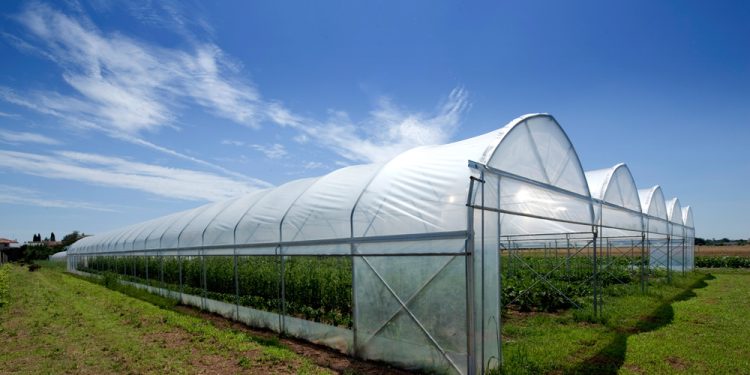#CommercialGreenhouses #Agriculture #ControlledEnvironmentAgriculture #SustainableFarming #GreenhouseTechnology #UrbanFarming #EuropeanAgriculture #CropProduction #FoodSecurity #MarketTrends
The global commercial greenhouse market is on a trajectory of remarkable growth, with projections indicating a substantial rise from USD 39.6 billion in 2023 to an impressive USD 68.7 billion by 2028. This surge is attributed to various factors contributing to the increasing demand for commercial greenhouse solutions and services worldwide.
One of the primary drivers of this expansion is the inherent capability of commercial greenhouses to provide controlled environments conducive to year-round crop production. Regardless of external weather conditions, these facilities ensure a steady supply of fresh produce, meeting the growing consumer demand for consistent availability of crops throughout the year. As a result, key players in the commercial greenhouse industry are witnessing significant opportunities for growth and innovation.
Europe Emerges as a Leader
Europe is poised to lead the commercial greenhouse market, fueled by factors such as urbanization and land-use constraints. With limited arable land available in certain European countries, commercial greenhouses offer a viable solution to maximize food production within constrained spaces, addressing concerns related to food security. Moreover, European institutions and research organizations are spearheading advancements in greenhouse technologies and cultivation practices, bolstering productivity and sustainability in the region’s agricultural sector.
Trends Shaping the Market
Several trends are shaping the trajectory of the commercial greenhouse market, driving its continued expansion:
Increased Adoption of Controlled Environment Agriculture (CEA): Controlled environment agriculture, including greenhouse farming, enables precise control over environmental factors, leading to higher crop yields and quality. This trend is expected to fuel the growth of commercial greenhouse operations worldwide.
Growing Interest in Sustainable Farming Practices: With rising consumer awareness about the environmental impact of food production, there is a growing demand for sustainably grown produce. Greenhouse farming offers water efficiency, reduced pesticide use, and protection against extreme weather events, making it an attractive option for sustainable agriculture.
Technological Advancements: Innovations in greenhouse technology, such as automated climate control systems and data-driven crop management tools, are enhancing productivity and efficiency in commercial greenhouse operations. These advancements are driving increased adoption among growers seeking to optimize their farming practices.
Expansion of Urban Farming: Urban populations are on the rise, leading to a surge in urban farming initiatives. Commercial greenhouses located closer to urban centers offer opportunities to reduce transportation costs and carbon emissions associated with food distribution, further driving market growth.
The commercial greenhouse market is experiencing unprecedented growth, driven by factors such as the need for year-round crop production, advancements in technology, and growing consumer demand for sustainable agriculture. As Europe leads the way with innovative solutions and sustainable practices, the global landscape of agriculture is undergoing a transformative shift towards controlled environment agriculture.













